Riding comfortably on your motorcycle is crucial for longer, safer, and more enjoyable rides. Whether you’re a seasoned rider or just starting, there’s always room to enhance your comfort on two wheels. By making small adjustments to your bike and gear, you can significantly improve your riding experience.
Factors Affecting Riding Comfort
Several factors can influence how comfortable you feel on your motorcycle. These can be broadly categorized into two groups:
- Motorcycle-Related Factors: These include aspects directly related to the bike, such as vibrations and ride quality.
- Environmental Factors: These include ambient conditions like wind, noise, and weather.
Tips for a More Comfortable Long Ride
A Tail Bag
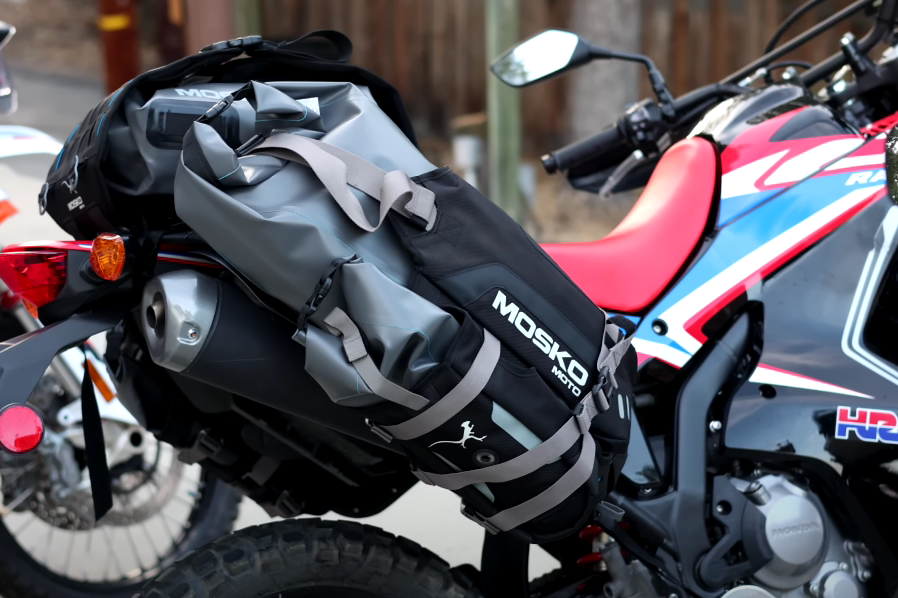
There are some fancy overpriced tail bags you can get that double as a backrest, but the truth is, no one is going to spend $200 on a tail bag. Instead, just get any bag you see on the shelf at your local shop and strap it to the back of your bike. If you have a big sport-tourer that has luggage loops under the seat, you can use a couple of carabiners to make it an easy 30-second job.
A tail bag is the only part that you can take with you wherever you go, making it the perfect way to avoid wearing a backpack on a motorcycle, which becomes uncomfortable after a few minutes. The backpack starts to get heavy and hampers airflow out the back of your jacket, but with a tail bag, you can cram in your essentials.
If you really want to, you can spend the money and get yourself some panniers that are 100% comfortable during a ride, and most of them come with locks, so you don’t have to worry about people digging through your stuff. When I had my motorcycle, the tail bag was a game changer, and I don’t see enough people using one. Trust me on this—you may look a little bit dorky, but you will thank me later.
New Seat
A new seat completely transforms your motorcycle instantly. Everyone always says that a slip-on exhaust is the easiest way to make your motorcycle feel different, but for the same price, you can get a seat that wasn’t designed out of cardboard and stuffed with a mattress from the 19th century.
There are a few places you can go for seats, from bigger names like Corbin and Seat Concepts, which replace the entire seat, to similar operations that simply replace the outer layer of vinyl and the foam with nicer padding and a leather topper. Not only is it a better place for you to rest your butt cheeks, but you will also be able to tailor your fit on the motorcycle better.
You can get seats that move you closer to the ground and the handlebars if you are a shorter rider, and you can get a taller seat if you are a bigger person on a similar bike. On my personal motorcycle, the seat was an afterthought since it’s based on a dirt bike. But for only a few hundred bucks, I could make the bike comfortable for longer than 30 minutes at a time.
If you want to be able to ride your motorcycle all day, you 100% need a new seat. Do yourself a favor on this one—spend some extra money. Like they always say, spend your money where you spend your time.
A New Set of Grips
If you have been riding your bike around for a long time and something about the way it rides just doesn’t feel the same, maybe spend $20 on a fresh set of grips for your bike. A harder and thinner grip means there is less material to absorb the vibrations coming from the engine into the bars, resulting in a tingly feeling in your fingers after hours on the bike.
It’s also just nicer to feel a well-made grip than an old, worn-out one, and it can make it easier for you to open the throttle. If you want to go all out, you should get yourself some heated grips too, and depending on where you are, they can add months to your riding season. If you have never tried heated grips, I highly recommend using a brand like YAMAHA—you should check them out. And if you can’t get the manufacturer’s, there are tons of aftermarket choices that do a very good job. Nowadays, all high-budget motorcycles provide heated seats and grips, like the BMW RS 1250 GS.
Buy a High-Quality Helmet
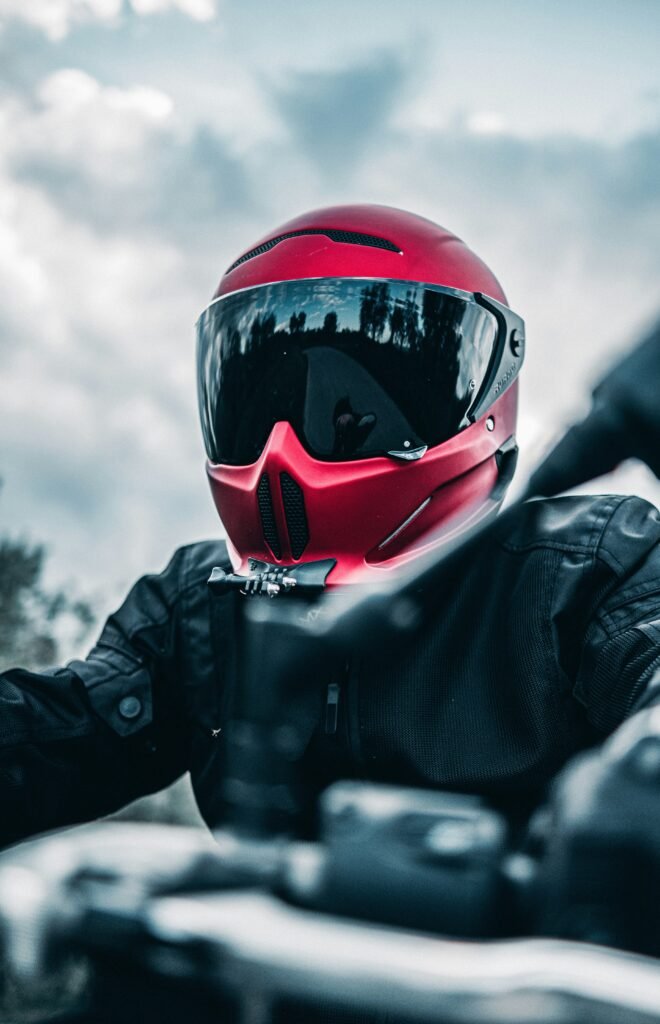
When I started riding, I wore a Bell Revolver Evo. It is a great modular helmet and an awesome budget option, but it whistled like a sailor in the red light district. It was very noisy, and it caught a lot of wind. When I did head checks at highway speeds, the visor used to pop open, which is very distracting when you are trying to merge. I upgraded to a SHOEI RF-1200 and never looked back.
Not only is it more comfortable, lighter, and more aerodynamic, but the neck roll is really tight, and the removable chin curtain blocks out a significant amount of road noise. Now, it doesn’t have to be a SHOEI—that’s just my choice—there are a ton of great options out there. So, do yourself a favor and go to a local gear shop, check a lot of them out, wear them around the shop for about half an hour, and see if they really fit your head and if you actually like them or not. Helmets are one of those pieces of gear that you can’t buy online unless you buy the same helmet you have had before.
Wear the Right Gear
Wearing appropriate gear for the weather and conditions is essential. For example, if you ride in hot climates, a full leather jacket might not be ideal due to its limited breathability. Opt for a jacket with ventilated panels if you prefer leather. Brands like Dainese and Alpinestars offer jackets that provide excellent protection while allowing airflow.
To further enhance comfort, consider using a cooling vest or scarf, which can lower your body temperature and reduce fatigue. The Inuteq Bodycool Smart vest, for example, claims to decrease skin temperature by 5 to 15°C.
Carry Weatherproof Gear
Being prepared for sudden weather changes can prevent discomfort during your ride. Unexpected rain can soak you and ruin your experience, so it’s important to carry weatherproof gear like a pullover rain jacket and pants. Similarly, if you live in colder areas, pack extra insulation layers and heated gloves to stay warm when temperatures drop.
Use Earplugs
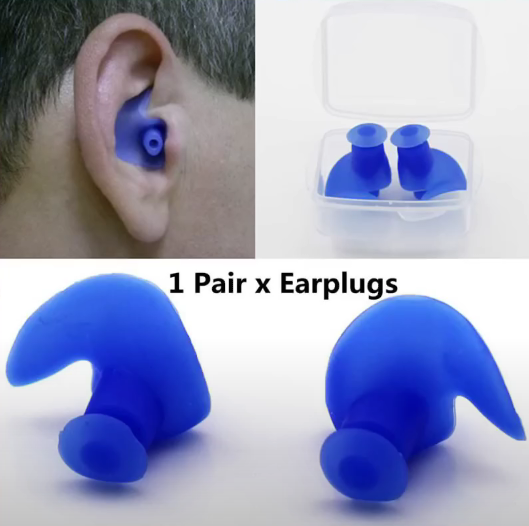
Motorcyclists are often exposed to high noise levels, especially at speed, which can lead to hearing damage over time. Wind noise, in particular, can be a major issue. Research shows that wind noise around the helmet can reach 90 dB(A) at 60 km/h (38 mph), enough to cause permanent hearing loss. Wearing earplugs can protect your hearing, reduce fatigue, and prevent headaches. There are various affordable options available, including disposable earplugs.
Using Sunglasses or Tinted Visor
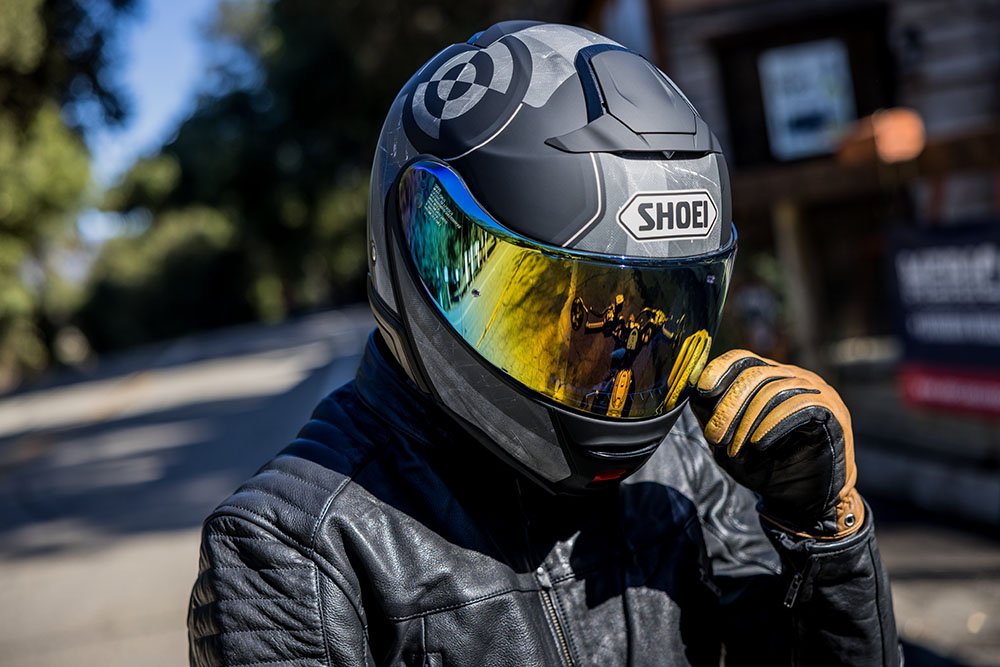
Sunglasses or a tinted visor can help reduce glare from the sun or headlights, improving your vision and overall comfort while riding. This simple addition can make a significant difference, allowing you to ride without squinting in bright light.
Wear a Balaclava or Dust Mask
Choosing the right balaclava depends on your needs. If you ride with an open-face helmet and want to avoid bugs, consider the Naroo N3F balaclava. It’s lightweight, breathable, and designed to stay in place under your helmet. Its quick-dry, dust-blocking fabric ensures comfort and durability even after multiple washes.
Installing a Taller Windshield
Wind resistance is a common cause of fatigue during long rides. A taller windshield can redirect airflow away from your upper body, reducing the physical effort needed to counteract wind force. This is especially beneficial for riders of street-naked motorcycles, which typically lack wind protection. Many manufacturers offer accessory windshields, or you can explore aftermarket options if the factory offerings don’t meet your needs.
Invest in Cruise Control
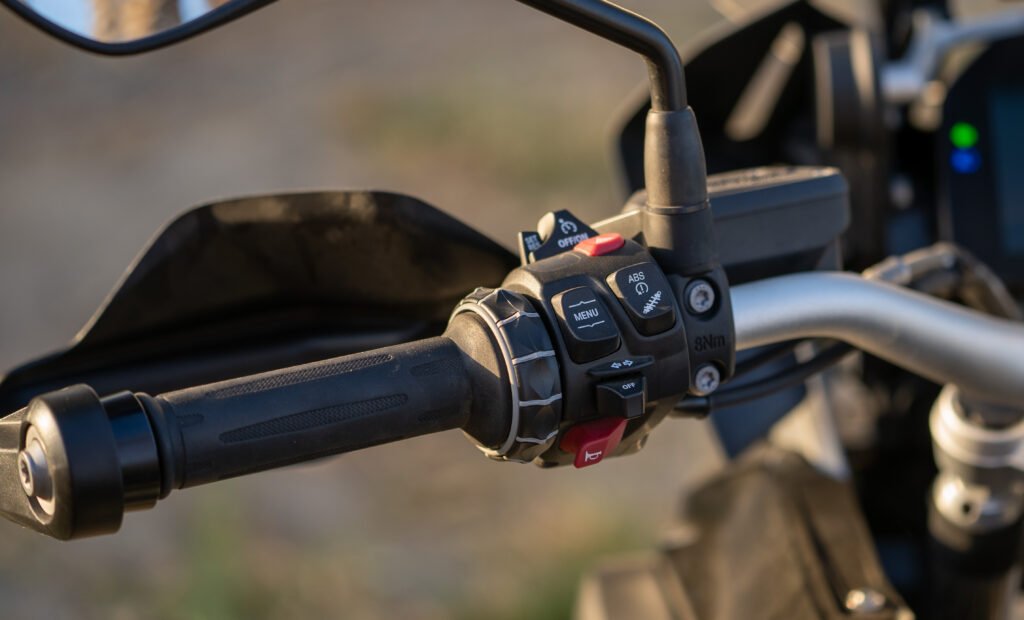
Cruise control technology allows you to maintain a steady speed without constant throttle input, reducing strain on your right wrist. If your motorcycle doesn’t have built-in cruise control, a throttle lock like the Kaoko Throttle Lock can be a great alternative. For a more budget-friendly option, the Crampbuster Cruise Control offers similar benefits by reducing wrist fatigue through a simple plastic attachment.
Improving your riding comfort doesn’t require major changes; small adjustments to your gear and motorcycle can make a big difference. By addressing one issue at a time, you can create a more comfortable, enjoyable riding experience that allows you to focus on the road ahead.

